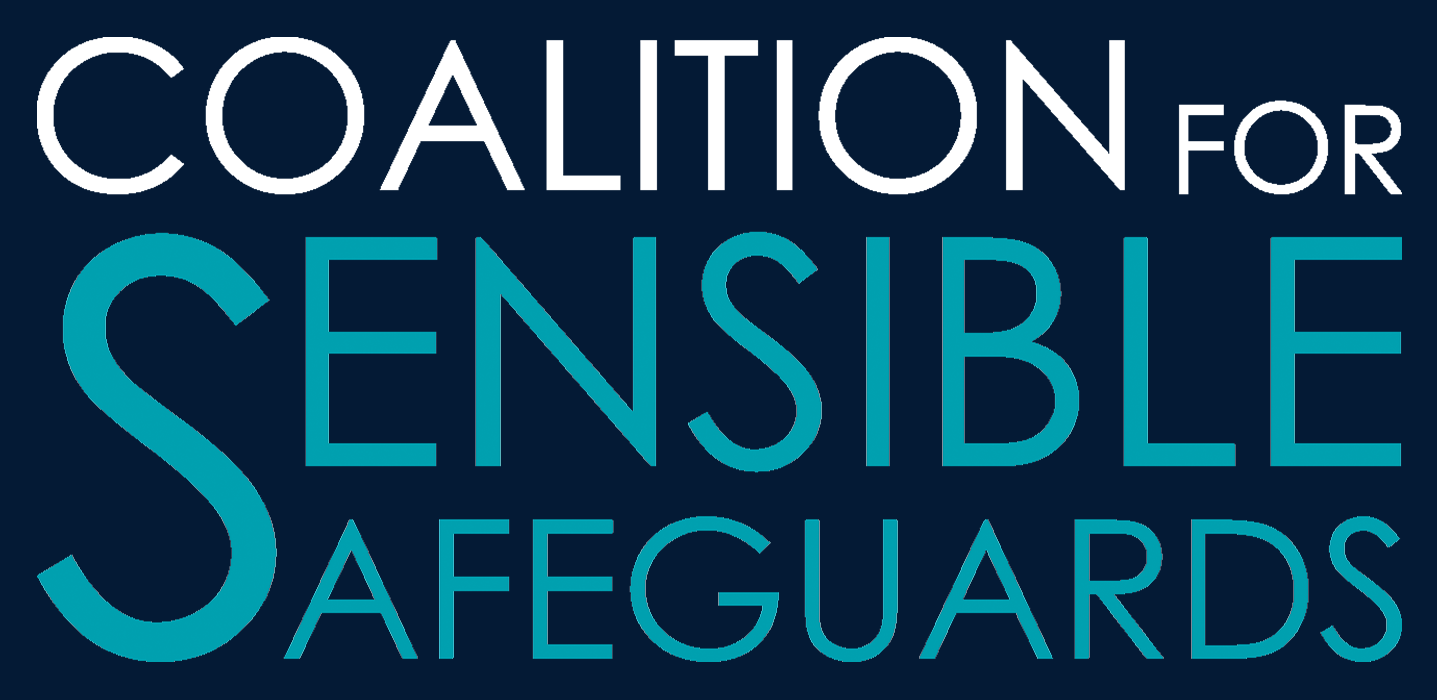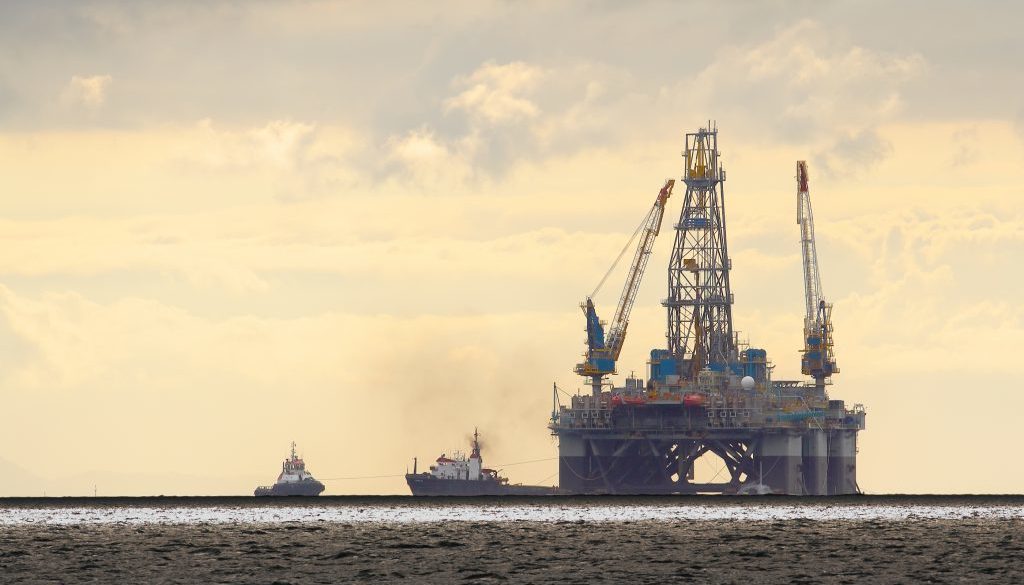10 Years After Deepwater Horizon, Oil Spills and Accidents Are on the Rise
By Matt Lee-Ashley, Center for American Progress
On April 20, 2010, an explosion and fire on the offshore drilling rig Deepwater Horizon killed 11 men and injured 17 other crew members. Over the next 87 days, an estimated 210 million gallons of oil spilled into the Gulf of Mexico, poisoning fish and wildlife, forcing the closure of beaches and fisheries, and causing billions of dollars in damage to coastal communities along the Gulf.
After this catastrophic spill, the Obama administration enacted a series of reforms to improve oil rig safety—reforms that the Trump administration has since rolled back. A Center for American Progress review of government data finds that oil spills, injuries, and accidents from offshore drilling are now on the rise, threatening to erase the progress made in the 10 years since the Deepwater Horizon disaster.
Weakened oversight and reduced enforcement
In late 2017 and 2018, at the direction of an executive order signed by President Donald Trump, the U.S. Department of the Interior began to loosen its oversight of drilling and to weaken safety standards that the Obama administration implemented in response to Deepwater Horizon.
During its first months, the Trump administration placed the Bureau of Safety and Environmental Enforcement (BSEE)—an agency created after Deepwater Horizon to regulate offshore drilling—under the leadership of Scott Angelle, a former Louisiana secretary of natural resources who served for years on the board of an oil and gas pipeline company. During the Obama administration, Angelle helped lead the oil and gas industry’s fight against reforms to offshore drilling safety.
Following Angelle’s arrival in 2017, the number of inspections and enforcement actions undertaken by BSEE declined. According to agency data, BSEE inspectors conducted 13 percent fewer inspection visits to rigs, platforms, pipelines, and other facilities in the first three years of the Trump administration (2017–2019) than they did during the last three years of the Obama administration (2014–2016). These data conflict with Director Angelle’s public claims that inspections have been rising under the Trump administration. A spokesperson for BSEE clarified to CAP that Angelle was referring to the total number of “types of inspections”—or inspection procedures—that BSEE has been performing, as inspectors sometimes conduct multiple inspection procedures during a single inspection visit.
However, agency data also show that BSEE inspectors took 38 percent fewer enforcement actions—through the issuance of so-called incidents of noncompliance—against offshore oil and gas operators from 2017 to 2019 than they did from 2014 to 2016. It is difficult to explain this precipitous decline in enforcement actions with a theory that oil and gas companies suddenly awakened to the merits of voluntary compliance with safety guidelines.

Furthermore, a Politico investigation found that BSEE granted nearly 1,700 waivers that allowed companies to sidestep compliance with stronger safety standards for blowout preventers—a critical piece of safety equipment that can serve as a last line of defense against well blowouts, oil spills, and other disasters.
As Director Angelle scaled back BSEE’s inspection and enforcement operations, he also reversed policy decisions that the agency made to reduce accident risks after the Deepwater Horizon disaster.
On December 7, 2017, the Trump administration abruptly canceled a National Academies of Sciences, Engineering, and Medicine study that aimed to improve how BSEE conducts offshore oil and gas inspections.
Days later, the agency released a proposed rule to weaken oversight and safety procedures for offshore oil and gas production facilities, reversing reforms that were implemented after Deepwater Horizon. Then, in May 2018, Angelle’s BSEE issued a proposal to weaken blowout preventer and well control standards—standards that had been written based on the lessons learned from the mechanical, human, and systemic failures that led to Deepwater Horizon.
After dozens of personal calls and meetings between Director Angelle and oil and gas industry officials, and direct intervention by Angelle to override the recommendations of BSEE’s own engineers and experts, the Trump administration finalized its rollbacks of the production safety systems and blowout preventer rules in September 2018 and May 2019.
Oil spills and accidents on the rise
With safety standards weakened and inspections and enforcement actions on the decline, oil spills and injuries from offshore drilling have been rising.
In 2018 and 2019, the two years after the Trump administration initiated its full-blown rollback of environmental and safety standards, the amount of oil spilled per barrel produced on the Outer Continental Shelf increased sixfold compared with the previous two years—2016 and 2017.
Worker safety has also suffered. A CAP review of data embedded in BSEE’s recently released budget documents reveals that the number of injuries per hour worked on oil and gas facilities on the federal Outer Continental Shelf increased 21 percent in 2018 and 2019 compared with the previous two-year period of 2016 and 2017.

A BSEE spokesperson responded to this analysis by noting that two individual incidents—a 1,900 barrel spill in fiscal year 2016 and a 16,000 barrel spill in fiscal year 2018—account for a substantial portion of the oil leaked during those periods and that, following the incidents, BSEE made “recommendations to industry regarding subsea leaks.” The BSEE spokesperson also referred to an agency statement cautioning that data and trends from an individual year “are suggestive, not definitive, with regard to the direction of industry safety outcomes.”
Conclusion
The Trump administration’s Interior Department has not yet publicly acknowledged that safety and oversight trends in offshore drilling are worsening. Director Angelle recently argued that “BSEE is driving safety performance and environmental stewardship improvements beyond regulations through innovation and collaboration.” Real-world evidence, however, as documented by BSEE’s own inspections, enforcement, injury, and spill data, directly contradicts Angelle’s claims that he is achieving “improvements” to offshore safety and environmental protection.
With Interior Secretary David Bernhardt and BSEE Director Angelle both scheduled to testify before Congress in the coming days, policymakers have an opportunity to hold the Trump administration accountable for the consequences of its lax oversight of offshore drilling and to demand an immediate course correction.
This opportunity for congressional oversight cannot come soon enough. The 10-year anniversary of the Deepwater Horizon disaster is a somber reminder that the margins between routine operations and deadly disaster are narrow. By cutting corners on offshore drilling safety, the Trump administration is making a dangerous and unacceptable gamble on the lives of American workers and the health of coastal communities.

